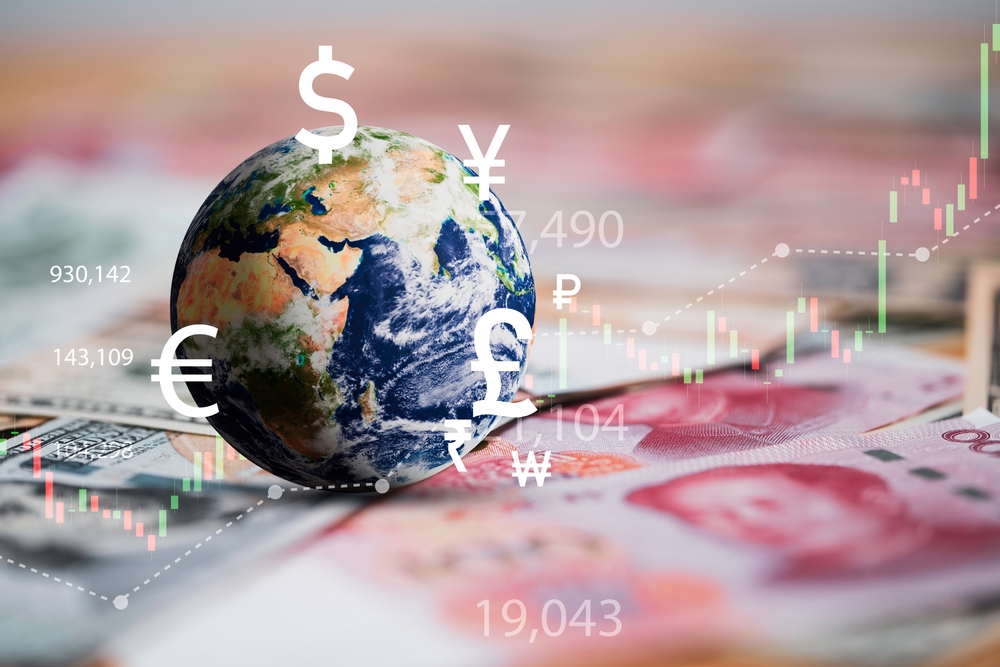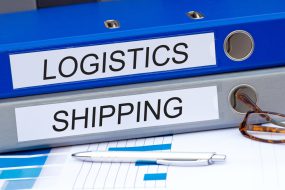

Global trade offers a whole new world of opportunities but also challenges, especially currency fluctuations and payment risks. As businesses expand beyond borders, these financial hurdles become a significant consideration. This article dives into the tricky world of currency shifts, shows you how to protect your payments, and explores how logistics and tech make international trade smoother.
What’s the deal with currency fluctuations?
Currency fluctuations mean the changes in the value of one currency compared to another. These shifts can have a massive impact on the cost of doing business internationally – they can mess with your profit margins, alter cost structures, and affect overall pricing. And it’s not just about economic changes; things like political instability or market speculation can cause much volatility. Understanding these currency movements is key for anyone managing a global supply chain. You’ve got to know how to manage the risks so they don’t throw a spanner in the works.
Related reading: The startup’s guide to managing tariffs and duties for growth
Freight forwarding: Your first line of defence
Freight forwarders are more than just logistics experts – they’re crucial in managing currency risks. They help businesses protect themselves from the unpredictable nature of exchange rates. How? Using tools like forward contracts or options allows companies to lock in exchange rates ahead of time. That means you can avoid the nasty surprises of a sudden currency shift that could throw your costs off balance.
Why international couriers are your strategic partners
International couriers are more than just delivery services – they’re partners in helping you manage currency risks. They provide competitive pricing that considers exchange rates, which helps businesses maintain consistent prices across borders. Plus, many courier services offer flexible payment terms that align with your cash flow needs. This flexibility reduces the risk of missed payments due to sudden shifts in currency.
How to avoid payment risks in global trade
Payment risks are always lurking in global trade. With cross-border transactions, you could face delays, defaults, or fraud if things go wrong. To keep things running smoothly, it’s essential to have a solid plan in place. Let’s look at a few strategies:
Diversify payment methods
One key way to avoid payment risks is by offering different payment options. Not every international partner has the exact needs or risk tolerance, so having a range of payment methods – like letters of credit, open account terms, and documentary collections – makes sense. It gives you flexibility and can help build trust with partners, leading to smoother transactions.
Blockchain: The future of payment security
Blockchain isn’t just for Bitcoin – it’s also transforming how payments are handled in global trade. With its decentralised and transparent ledger, blockchain makes transactions more secure and reduces the potential for fraud. Smart contracts take it one step further: they automatically execute payments once agreed-upon conditions are met, ensuring your money is always in the right place at the right time.
Related reading: Blockchain for small business: The key to secure transactions and future growth
The power of logistics and tech working together
The integration of logistics and technology has changed the game regarding managing currency fluctuations and payment risks. Let’s take a look at a few examples:
Multimodal transportation
This refers to using a mix of transport options (sea, air, or rail) to get goods from point A to point B. It’s flexible and cost-effective, and that flexibility helps buffer against the impact of currency fluctuations. The ability to optimise your transportation network also helps reduce the risk of disruptions, keeping things moving no matter what’s happening in the global economy.
Smart warehousing
Strategic warehousing can make a big difference in managing risk. By locating warehouses in stable currency conditions, businesses can avoid being hit by volatile exchange rates. With tech-driven warehousing solutions like automated inventory tracking and demand forecasting, businesses can make smarter decisions that keep their financial goals on track.
Related reading: The warehouse boom: How Aramex is leading the way
Key takeaway
Managing currency fluctuations and payment risks in global trade is no small feat, but it doesn’t have to be a burden with the right strategies in place. Whether working with freight forwarders, using international courier services, or leveraging the latest technology, businesses can stay ahead of the curve and reduce the impact of financial volatility.
With the global trade landscape constantly evolving, businesses that understand the risks and adopt proactive strategies will thrive. By combining knowledge, tech, and the right partners, companies can confidently navigate the complexities of international trade and continue to grow sustainably. We’re here for all your logistics needs.Get in touchtoday.


